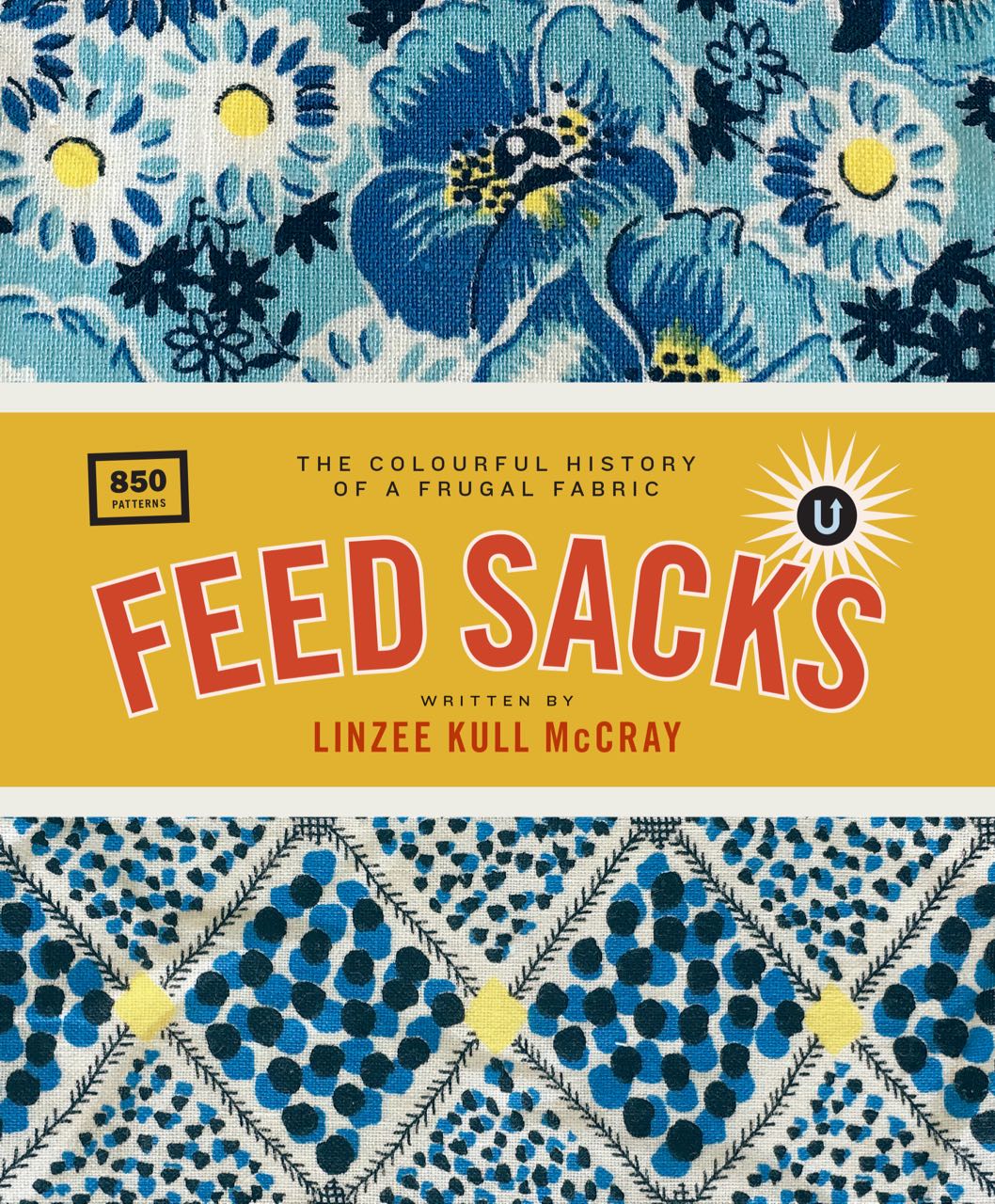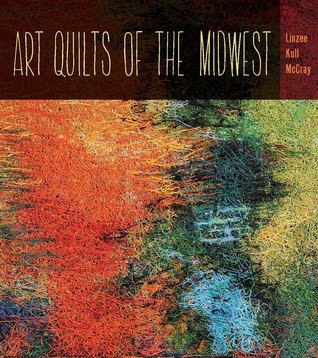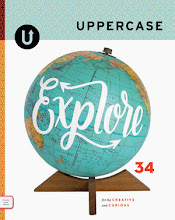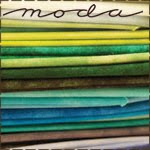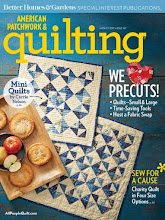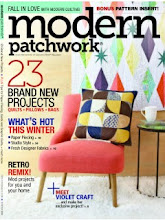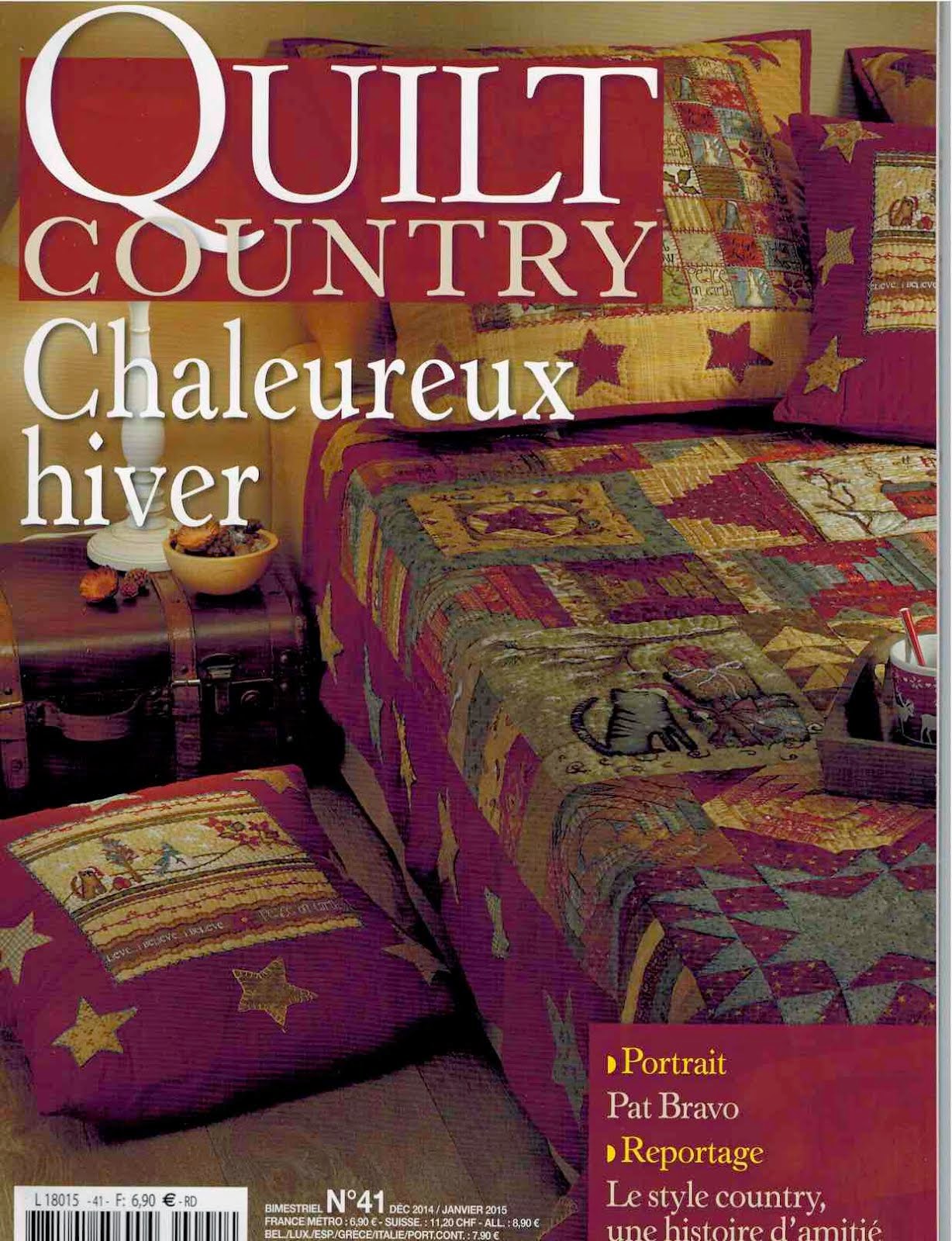 |
| Note the eagle atop the tree in the center |
Wednesday, September 13, 2017
Eagles in Minnesota and Quilts in Texas with Lone Star Quilt Study Group
Monday, September 4, 2017
The Final Stop for Art Quilts of the Midwest—the Texas Quilt Museum
In August I had the opportunity to visit the Texas Quilt Museum in LaGrange. (I was in Texas to speak to the Lone Star Quilt Study Group, but more on that later.) I've written about the museum and visited once, last February, but this time it was personal—Art Quilts of the Midwest is on display there through the end of September.
The exhibition space is beautiful and I loved seeing some quilts hung on an exposed brick wall in the airy gallery. I talked with a lovely employee (whose name I swore I wouldn't forget, but have) and thoroughly enjoyed "saying goodbye" to the pieces in the show—this is the last of the four exhibitions based on Art Quilts of the Midwest.
When I wrote that book I never imagined it would lead to exhibitions at four museums (the International Quilt Study Center and Museum, the National Quilt Museum, and the Iowa Quilt Museum) and their curators, that I would be listed as a guest curator at two of them, and that I would get to help hang a show at one. Though I've met only a handful of the 20 artists represented in the book, I've spoken and corresponded with them all over the past five years and learned so much about their creative processes and by continuing to follow their careers.
Having a vocation that lets me "look behind the curtain," to ask questions about what makes creative people tick, expands my life exponentially and for that I am truly grateful.
There is an unexpected coda to this story, though. Little did I imagine during the visit on that hot, hot Texas day that just a week later parts of LaGrange would be underwater. Though the museum was uphill from the river, museum staff and volunteers sandbagged the doors and raised the quilts up high via their pulley system. Power was lost. I was grateful to the curator, Sandra Sider, for taking the time to keep me informed in the midst of all the issues surrounding Hurricane Harvey. In the end, the museum was spared and they are working to reduce humidity in the building. You can read about it in this letter from museum founders Karey Bresenhan and Nancy Puentes.
If you're in the area, I encourage you to visit as soon as they reopen. The exhibition (and two others, including some gorgeous, traditional quilts from the International Quilt Study Center and Museum) are on display through October 1.
Saturday, July 29, 2017
Today in Textiles
A piece of a skirt worn by Elizabeth I (bearing striking resemblance to the skirt she's wearing in this 1602 portrait) was found in St. Faith, Bacton, a 13th-century parish church in Herefordshire, England, where it had been cut up and used as an altar cloth for hundreds of years.
"In Tudor times, clothing was so expensive that it would be passed from one generation to the next, or taken apart and reused for something else, like cushion covers."
"On top of that, Oliver Cromwell sold off every item of clothing in the royal stores, so the only things we have, including a hat which might have been worn by Henry VIII, have come back to Hampton Court after they have survived elsewhere."
(I was drawn to this story, in part, because I lived in Hereford in the mid-1980s. Hope to get back there this fall.)
And an amazing quilt collection is on sale this weekend in Berkeley.
 |
| Eli Leon, quilt collector |
http://www.berkeleyside.com/2017/07/27/vintage-quilt-collection-passionate-local-collector-eli-leon-sale/
 |
| Quilts for sale |
 |
| Log cabin quilt from Eli Leon collection |
 |
| Double wedding ring quilt from Eli Leon collection |
Saturday, July 15, 2017
Today in Textiles: Things I've Enjoyed This Week
This art deco sewing machine cabinet (I've never seen one in this style). You can bid on it here.
This upcoming exhibition at the American Folk Art Museum (AMFA), War and Pieced: The Annette Gero Collection of Quilts from Military Fabrics. I saw a quilt of this genre at the International Quilt Study Center (IQSC) last August and it stopped me in my tracks. The first two quilts below are from the upcoming AMFA exhibition (to be held from September 6, 2017 to January 7, 2018) and the last photo is a detail shot I took of the quilt at the IQSC.
And finally, not this week, but on June 28, Art Quilts of the Midwest opened at the Texas Quilt Museum.
This is the exhibition's last scheduled stop, after shows at the International Quilt Study Center, the National Quilt Museum, and the Iowa Quilt Museum. If you haven't had a chance to see it in person and you're near LaGrange, stop in to check it out. Cheers!
This upcoming exhibition at the American Folk Art Museum (AMFA), War and Pieced: The Annette Gero Collection of Quilts from Military Fabrics. I saw a quilt of this genre at the International Quilt Study Center (IQSC) last August and it stopped me in my tracks. The first two quilts below are from the upcoming AMFA exhibition (to be held from September 6, 2017 to January 7, 2018) and the last photo is a detail shot I took of the quilt at the IQSC.
And finally, not this week, but on June 28, Art Quilts of the Midwest opened at the Texas Quilt Museum.
This is the exhibition's last scheduled stop, after shows at the International Quilt Study Center, the National Quilt Museum, and the Iowa Quilt Museum. If you haven't had a chance to see it in person and you're near LaGrange, stop in to check it out. Cheers!
Tuesday, April 18, 2017
The Feed Sack Match Game
One of my favorite things about the kind of writing I do is meeting new people and hearing their stories. It happens during the interview process, but I also hear fabulous stories from folks who come up to me after I give a talk, or who contact me because of something I've written.
The latter happened recently, when I got an email from Pamela Shadle Flores, who works at the University of North Texas (UNT). She's from a family of ranchers and farmers who lived in the Texas panhandle during the dust bowl and she'd always wondered whether the quilt she inherited (above) was sewn from feed sacks. Pamela learned about the feed sacks book from an interview I'd done in the with the UNT Libraries about using their Portal to Texas History in my research.
To her delight (and mine), she was able to match two fabrics in the quilt to those in the book. I asked if she'd send me photos and whether I could share them, and she agreed to both. It appears that many, if not all of the bow-ties are feed sack—they stand out so nicely against the solid fabrics.
I especially loved that she told me her husband and two teenagers were as excited as she was by the discovery. Teenagers are hard to impress! Thanks so much, Pamela, for sharing your story and these images.
The latter happened recently, when I got an email from Pamela Shadle Flores, who works at the University of North Texas (UNT). She's from a family of ranchers and farmers who lived in the Texas panhandle during the dust bowl and she'd always wondered whether the quilt she inherited (above) was sewn from feed sacks. Pamela learned about the feed sacks book from an interview I'd done in the with the UNT Libraries about using their Portal to Texas History in my research.
To her delight (and mine), she was able to match two fabrics in the quilt to those in the book. I asked if she'd send me photos and whether I could share them, and she agreed to both. It appears that many, if not all of the bow-ties are feed sack—they stand out so nicely against the solid fabrics.
Wednesday, April 5, 2017
Turkey Red
Yup, I'm still here—so is Pearl. As a matter of fact, I've got some ideas for reviving Pearl the Squirrel. But as the business of life intercedes, these remain mostly ideas.
One thing I'd like to do with this blog is share some of the intriguing textile-related things that pop up in my view. Today is an interesting video about Turkey Red. If you're at all interested in textile history or quilt history, Turkey Red is a term that you've heard, but if you're like me you don't know much about it. Thanks to Karen Alexander's post on the American Quilt Study Group Facebook page, I know a little more. She shared a link from the University of Glasgow's Textile Conservation program, about PhD student Julie Wertz, who is applying her chemistry background to the study of Turkey Red.
The process to create Turkey Red fabrics was used in Glasgow (where Julie is studying) from the late 1700s to the 1930s. No one apparently knows how the process works chemically, just that it does. She's created a lovely, super-short video to explain it simply, for those of us who glaze over at the word "chemistry." Make sure to watch it til the end, where the magic happens.
(If you're into it, she's got two more videos, one about Prussian Blue and one about Chrome Yellow.)
And thanks for reading.
One thing I'd like to do with this blog is share some of the intriguing textile-related things that pop up in my view. Today is an interesting video about Turkey Red. If you're at all interested in textile history or quilt history, Turkey Red is a term that you've heard, but if you're like me you don't know much about it. Thanks to Karen Alexander's post on the American Quilt Study Group Facebook page, I know a little more. She shared a link from the University of Glasgow's Textile Conservation program, about PhD student Julie Wertz, who is applying her chemistry background to the study of Turkey Red.
The process to create Turkey Red fabrics was used in Glasgow (where Julie is studying) from the late 1700s to the 1930s. No one apparently knows how the process works chemically, just that it does. She's created a lovely, super-short video to explain it simply, for those of us who glaze over at the word "chemistry." Make sure to watch it til the end, where the magic happens.
(If you're into it, she's got two more videos, one about Prussian Blue and one about Chrome Yellow.)
And thanks for reading.
Subscribe to:
Posts (Atom)

















